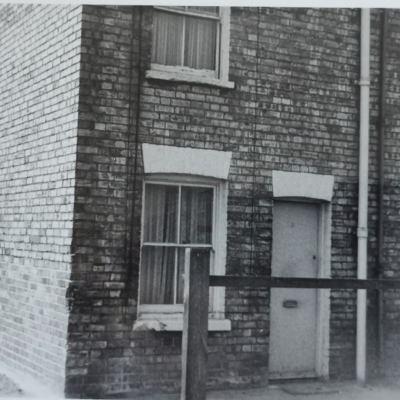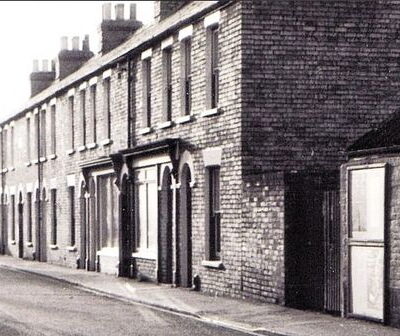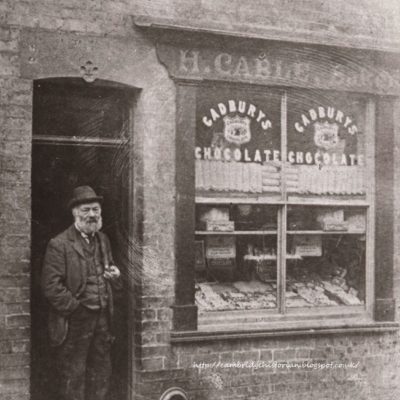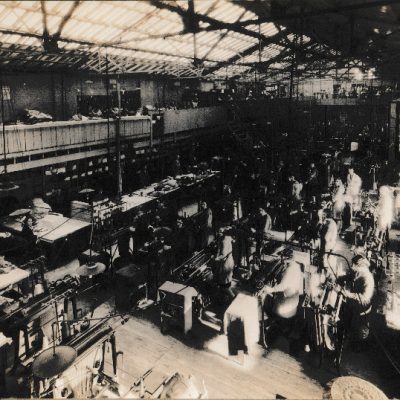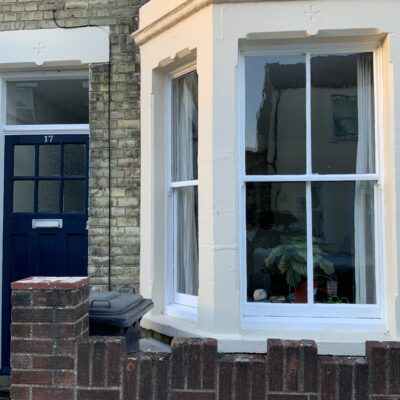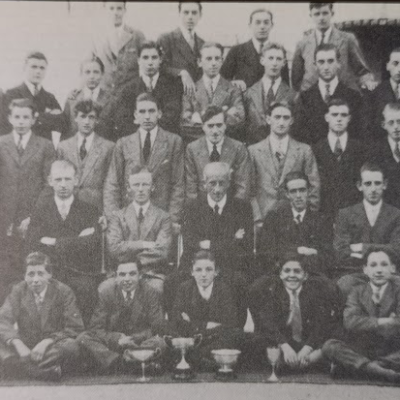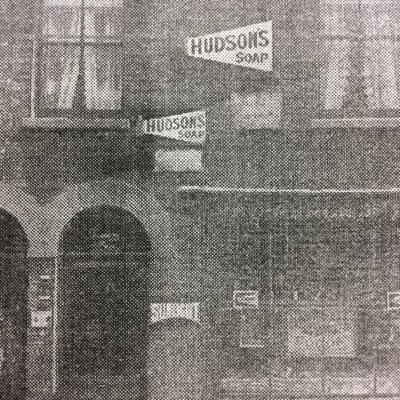Search by topic
- archaeology
- Building of Local Interest
- charity
- church
- crime
- dressmaker
- fire
- Great Eastern Railway
- Listed building
- Mapping Relief
- medieval
- oral history
- poverty
- Public House
- Rattee & Kett
- Religious House
- Roman
- scholar
- school
- Then and Now
- tudor
- women
- work
- world war one
- world war two
Search by text
18 Sturton Street
Mr & Mrs Cressey
1871 – 1929
Sturton Street is unnumbered in 1871, but the Cressey family live at number 18 from 1881 until 1929, so it’s reasonable to assume that the Sturton Street house they live at in 1871 is the future number 18.
Head of household is Richard Cressey a railway engine driver, who was born at St Pancras, London. His wife is Louisa (nee Miller), from Fordham in Suffolk. They married in 1863.
Richard appears on the Juror Register for 1871, listed as living at Sturton Street.
On the 17th April 1874 Richard joined the Amalgamated Society of Railway Servants.
In 1891 Louisa’s mother Elizabeth is recorded as living at the property, she’s 95. They are also being visited by Jane Cowell, 34, and her niece Agnes Cowell, 7.
In 1901 the couple are visited by Flora Georgiana Marking, a 27-year-old dressmaker who was born in Hauxton.
The 1911 Census finds them living alone. They’ve been married for 47 years and had no children.
Richard died in 1922 and was buried on 17th October of that year. Louisa died on the 9th August 1929, still living at 18 Sturton Street. The couple are buried in Mill Road Cemetery, the website has a picture of Louisa.
Sources: 1871, 1881, 1891 1901, 1911 UK Census, Cambridgeshire Banns, Cambridgeshire, England, Juror Books, 1828-1883, Trade Union Membership Registers, National Burial Index For England & Wales, National Probate Calendar, Mill Road Cemetery
In 2025 MM sent this note:
This was my grandparents, they had 7 children in total. My mother Gladys Irene [see 12 Sturton Street] was the sixth of seven. She Married Thomas McGregor, and they lived at number 18 Sturton street. They had four children, Mary, myself, Malcolm, Ian and the youngest Andy. We are all still alive. I have lots of information both anecdotal and factual that I could contribute. My cousin, Henry James Houghton, the same age as me lives in Perth Australia and has been trying to build the family tree. His father Ruben emigrated to Australia in the 1950’s all of their children survive and live in Perth where he worked in the pathology department of Perth hospital.
Contribute
Do you have any information about the people or places in this article? If so, then please let us know using the Contact page or by emailing capturingcambridge@
License
This work is licensed under CC BY-NC-SA 4.0






